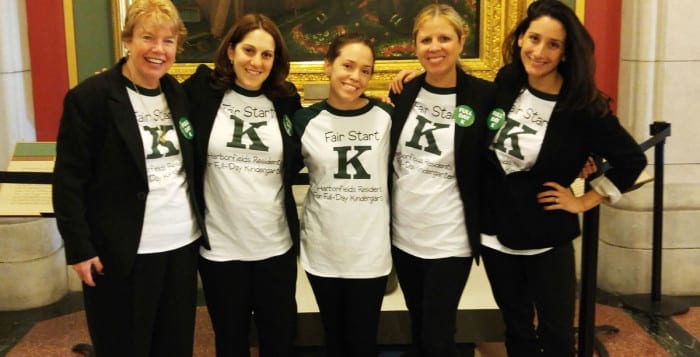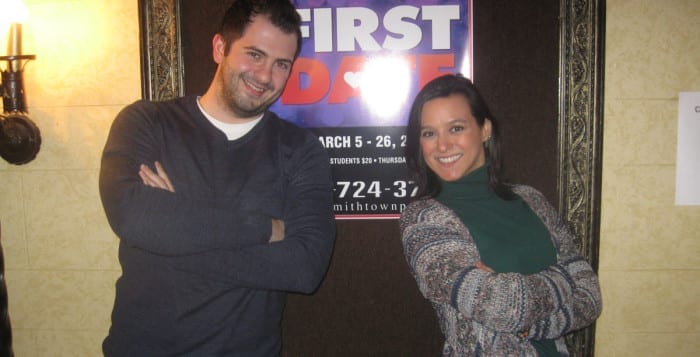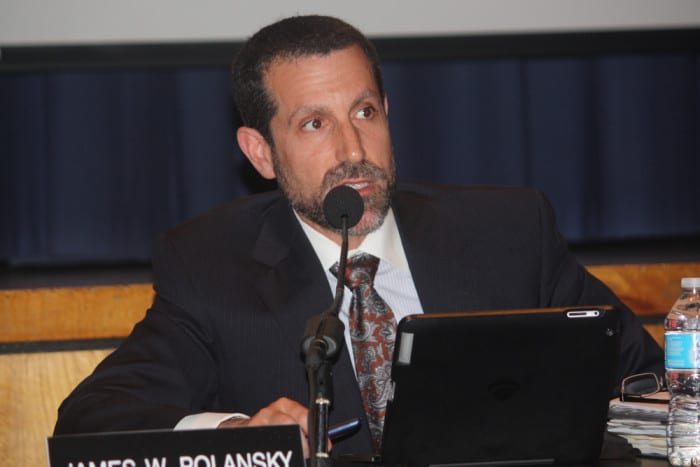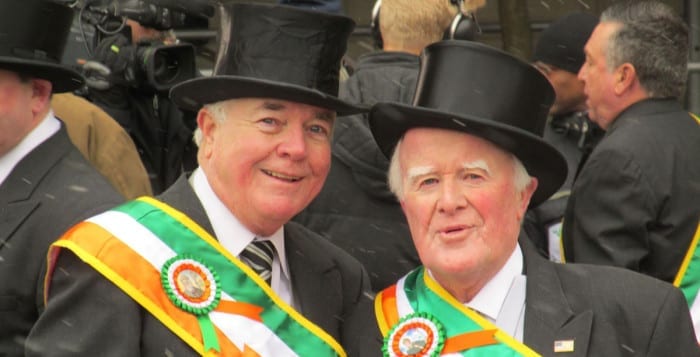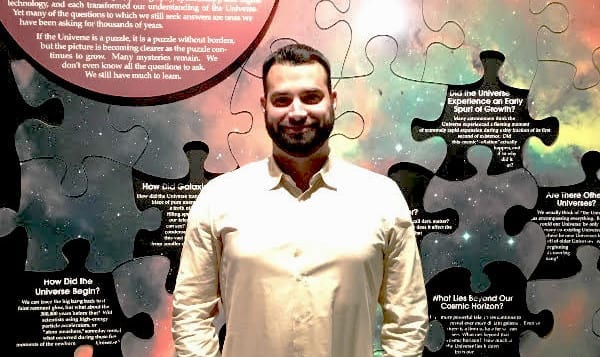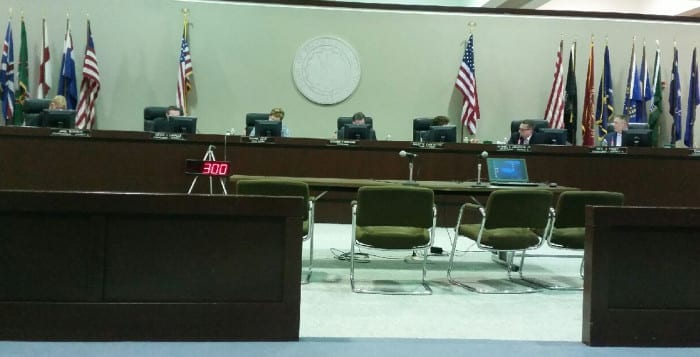When Patrick Meade was a child, he asked why? The answer often brought the same question: Why? The process continued through his schooling.
“When you do that for your entire life,” Meade explained, the ideal intellectual home for him became theoretical physics. Indeed, Meade, who joined Stony Brook University about six years ago, is now an associate professor at the C.N. Yang Institute for Theoretical Physics at Stony Brook.
Meade’s interests are in physics beyond the Standard Model, which describes how all known matter interacts with three out of the four known forces in the universe and what transmits these forces. He would like to help increase the microscopic understanding of all phenomena including dark matter and dark energy.
As he did when he was growing up, Meade continues to ask “why” questions that the Standard Model can’t yet answer. He would like to know, for example, why particles have the specific masses they do. When searching for the underlying description of the universe, he’d like to think some things were more than random and explore the possibilities for deeper underlying explanations.
As a theoretical physicist, Meade analyzes data that comes from experiments at places like the Atlas Experiment at CERN, the European Organization for Nuclear Research. He then checks to see if pieces of the data fit within the context of existing frameworks, or if the data suggest a new theoretical direction or, perhaps, an extension of an existing theory.
“Part of a theorist’s job is to interpret data of unexplained things and postulate other ways to look for the consequences of a theory that would explain the data,” he said.
This December, experiments at Atlas, working at a new, unexplored energy level, found a possible particle six times heavier than the Higgs boson that theorists hadn’t predicted. The higher the energy of the collider, which was running at the highest energy ever created for a collision in a lab, the more often a particle with heavier mass can be produced. They discovered a pair of photons of light that seemed to provide a possible signal of a new particle decaying, Meade said.
“The reason this is interesting is that, in the last several decades, we haven’t seen any evidence of a new particle that wasn’t predicted by theorists,” said Meade.
In the short two months since the announcement of this new and unexpected result, over 200 papers written all over the world have come out.
“This is a very interesting possible development and part of our work is to try to explain what this could be,” Meade said.
Indeed, Meade, postdoctoral fellow Sam McDermott and graduate student Harikrishnan Ramani published a potential explanation of what they described as a “diphoton excess” in arXiv, which is an electronic e-print of a scientific paper. The paper has also been accepted for publication in the journal Physics Letters B.
The paper Meade, who was recently promoted to associate professor from assistant professor, and his collaborators wrote has been frequently cited, said George Sterman, a distinguished professor and director at the Yang Institute. “He lays down a plausible set of scenarios and he also shows that it’s not so simple to explain this data.”
Sterman said Meade has written “a number of influential papers since he [arrived], which are completely consistent with a high level of research he was doing before” joining Stony Brook.
In describing this potential particle, Meade and his colleagues relied on a principal called Occam’s razor, which suggests that the simplest explanation is the most likely.
Meade suggested this was like tasting a dish at a restaurant and trying to recreate it at home using familiar ingredients. It may turn out that the home-cooked meal is exactly like the restaurant entree, although it may lack some unfamiliar items. When trying to cook the meal at home, people will start with familiar ingredients, but that may not be enough.
“In the case of this data that came out of Atlas and CMS [compact muon solenoid], the simplest explanation was something that looked like a relative of the Higgs,” he said. This particle, however, even if it was a relative of the Higgs, was wider than expected. To explain the data would require the particle interacting with particles other than those in the Standard Model.
“This could be a harbinger of an entirely new sector of particles in the universe, some of which could be dark matter, and this particle could also decay into this sector. If this particle turns out to be real, it would be the first particle ever discovered beyond the Standard Model.”
To be sure, it’s way too early for any conclusions, in part because it might not even be real. Even if it’s a new particle, “we definitely won’t know what the particle is without more data,” which should come this spring when the Large Hadron Collider starts running again.
When he’s not responding to new particles that may reveal something undiscovered, Meade dedicates his time to working on matter/antimatter asymmetry. In theory, after the Big Bang, matter and antimatter should have canceled each other out, leaving the universe devoid of things like planets, stars, cell phones and reality TV show hosts turned presidential candidates.
Meade lives in Port Jefferson Station, where, he says, he enjoys the balance of seaside living and small town culture a stone’s throw away from the “best city in the world.”
As for his work, he said what drives him is “trying to understand what are the basic laws of the universe.” Even without the ultimate answers, “partial discoveries along the way can shape our understanding of how we fit in with the rest of the universe.”

